Chez vétérinaire 640, nous sommes dédiés à la santé et au bien-être de vos compagnons.
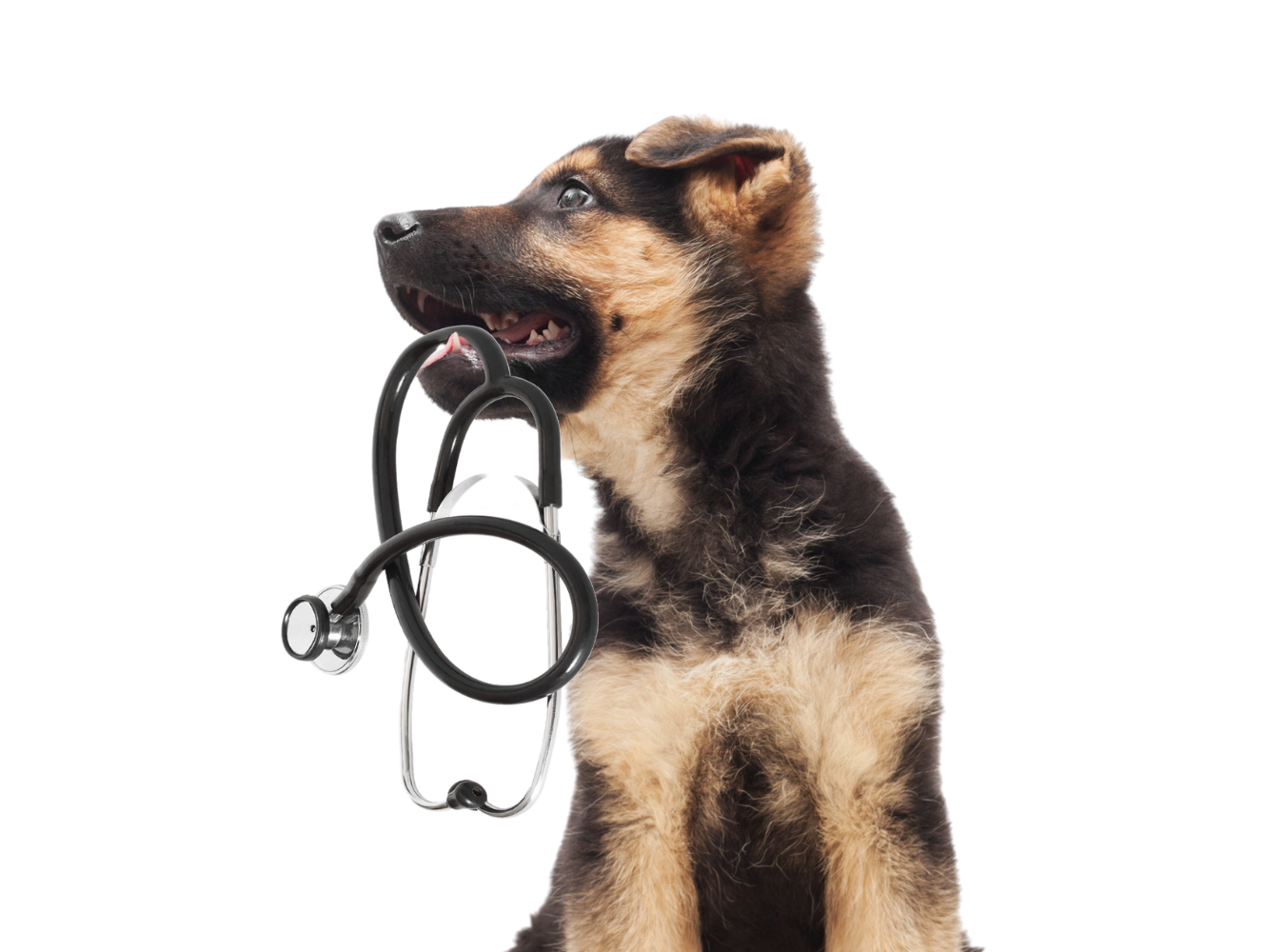
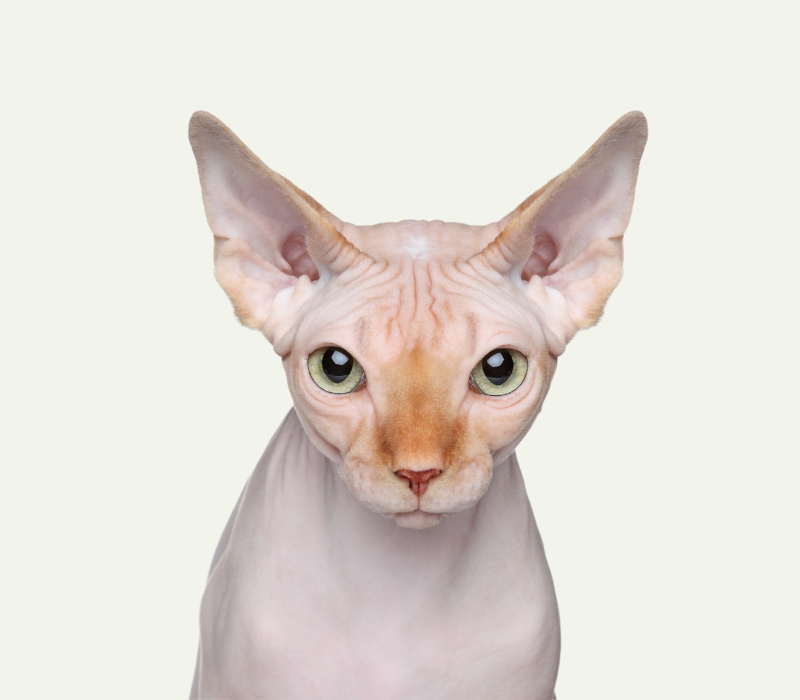
Notre équipe de professionnels offre des soins complets en médecine vétérinaire générale pour vos compagnons à quatre pattes. De la prévention aux traitements, nous sommes là pour assurer le bien-être de vos animaux de compagnie et ce, toute leur vie.
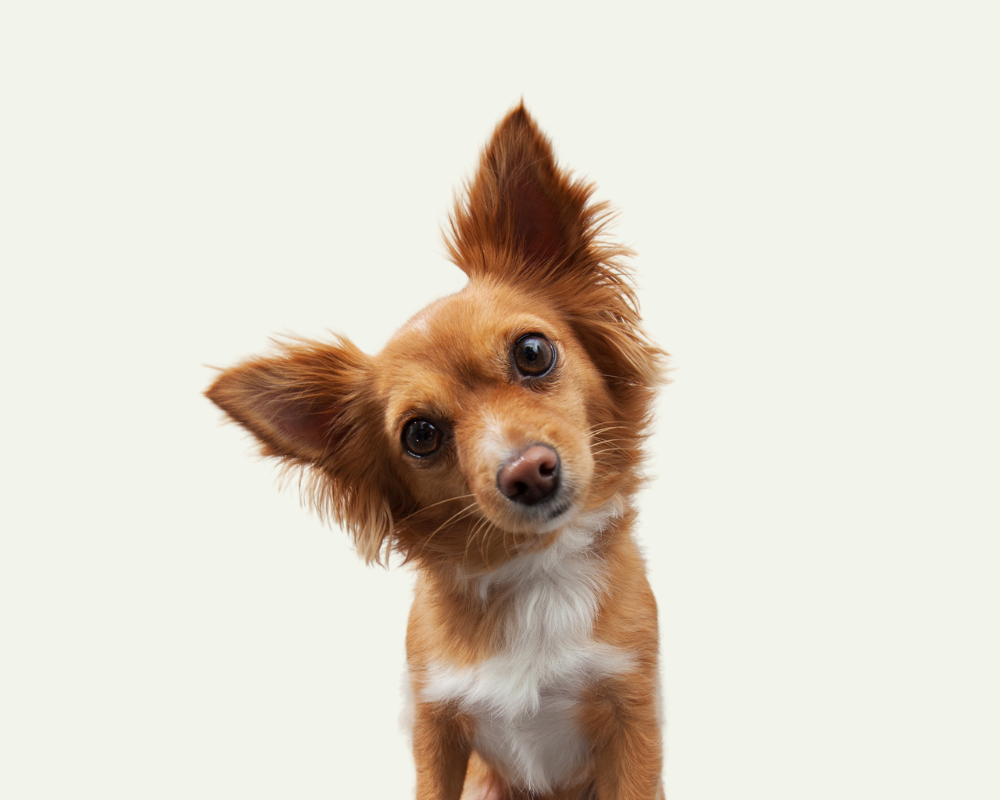
Chez Vétérinaire 640, on croit que la meilleure prévention est celle qui est adaptée. C’est pourquoi nous analysons :
Notre hôpital vétérinaire est pourvu de l’équipement nécessaire pour réaliser des analyses sanguines sur place. Les résultats peuvent être obtenus en moins de 20 minutes, ce qui permet à nos vétérinaires d’établir rapidement un diagnostic précis et un plan de traitement adapté, favorisant ainsi une récupération rapide de votre compagnon.
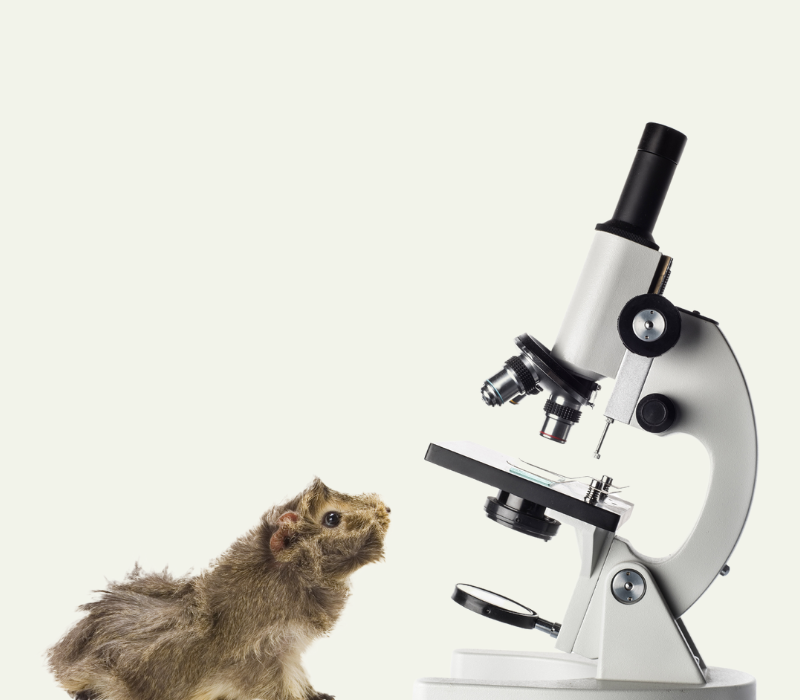
Vétérinaire 640 est équipé d’appareils radiographiques et échographiques à la fine pointe de la technologie. Ces équipements nous permettent de diagnostiquer efficacement les gestations ainsi qu’une multitude de problèmes de santé tels que les masses, les problèmes cardiaques, les ingestions de corps étrangers, les calculs urinaires, etc.
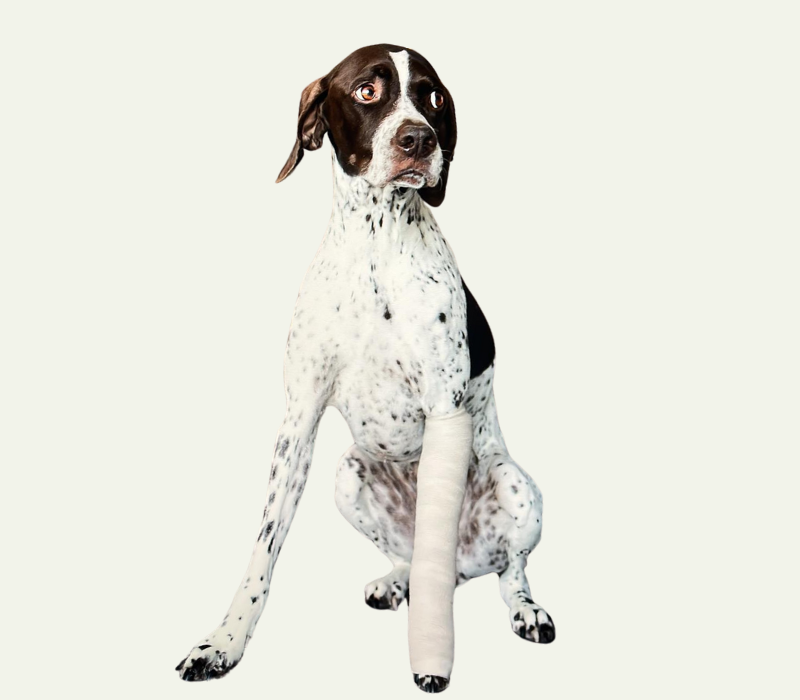
Sous l’expertise de Dre Pouliot, Vétérinaire 640 propose une vaste gamme de chirurgies, allant de la chirurgie de routine aux interventions complexes sur les tissus mous. Nous effectuons également des chirurgies orthopédiques et des interventions d’urgence de manière régulière.
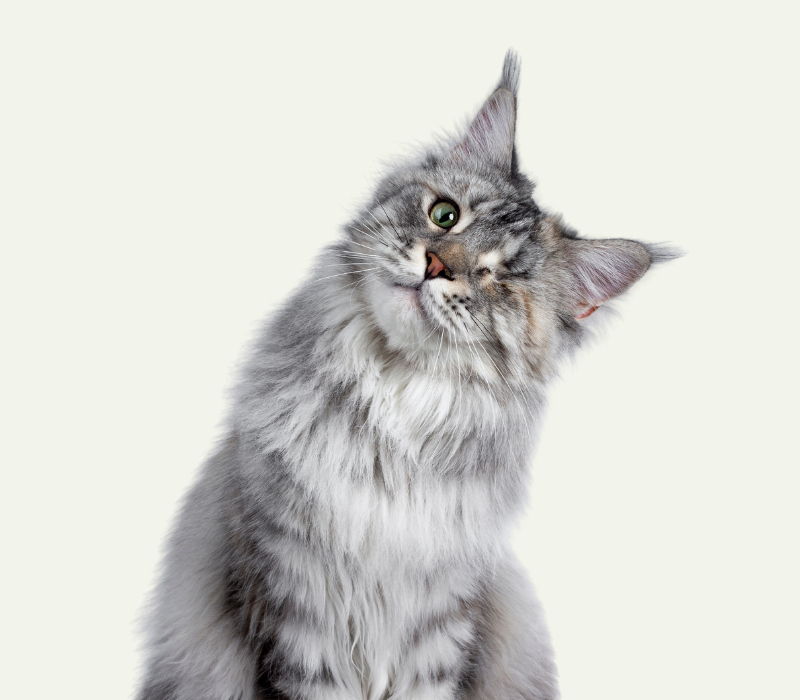
Nous accordons une importance particulière au bien-être de nos patients et nous nous engageons à être disponibles pour les petites urgences comme pour les situations les plus critiques. Que ce soit pour un simple mal d’oreille ou pour un accident grave, notre équipe vétérinaire est là pour vos animaux pendant nos heures d’ouverture, sur rendez-vous.
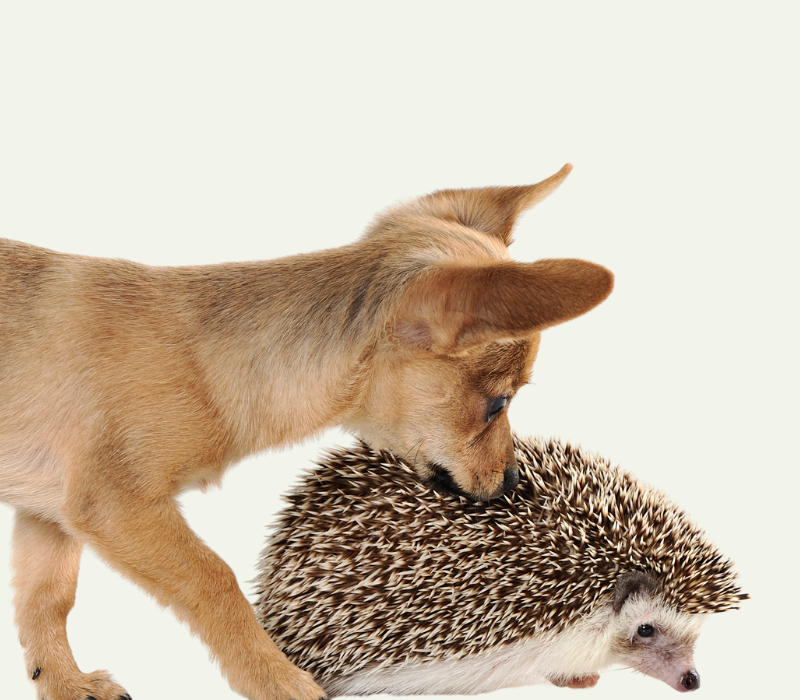
Vétérinaire 640 est fière d’offrir des services vétérinaires complets, couvrant à la fois la médecine et la chirurgie, pour les petits mammifères tels que les lapins, les cochons d’Inde, les rats, les hamsters, les souris, les phalangers volants, etc. De plus, à partir de septembre 2024, nous pourrons également prendre en charge les oiseaux et les reptiles à la clinique.
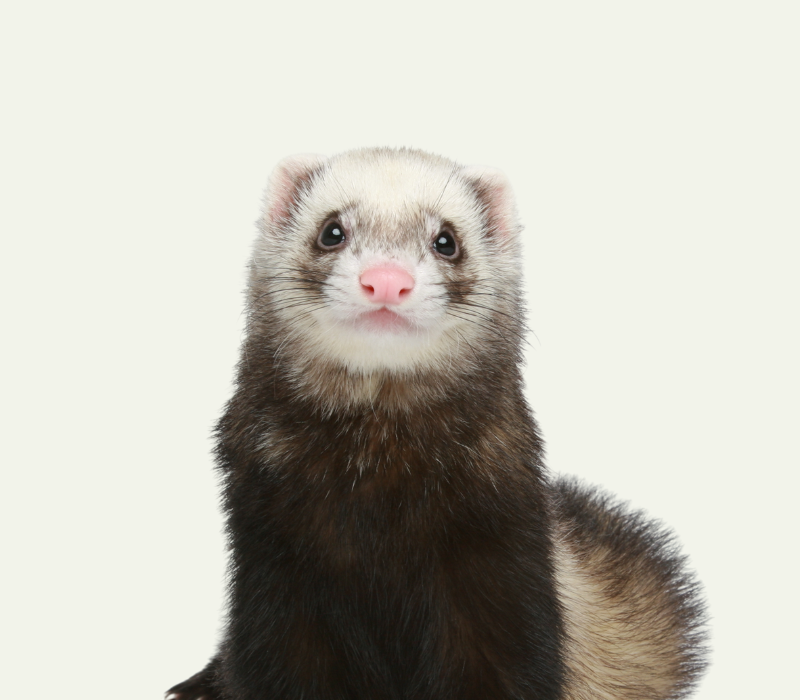
Du simple détartrage préventif à l’extraction complète des dents, nous sommes là pour la santé buccale de vos animaux. Équipés d’un appareil de radiographie dentaire numérique, nos vétérinaires peuvent évaluer l’état de toutes les dents avec précision afin de fournir le traitement approprié.
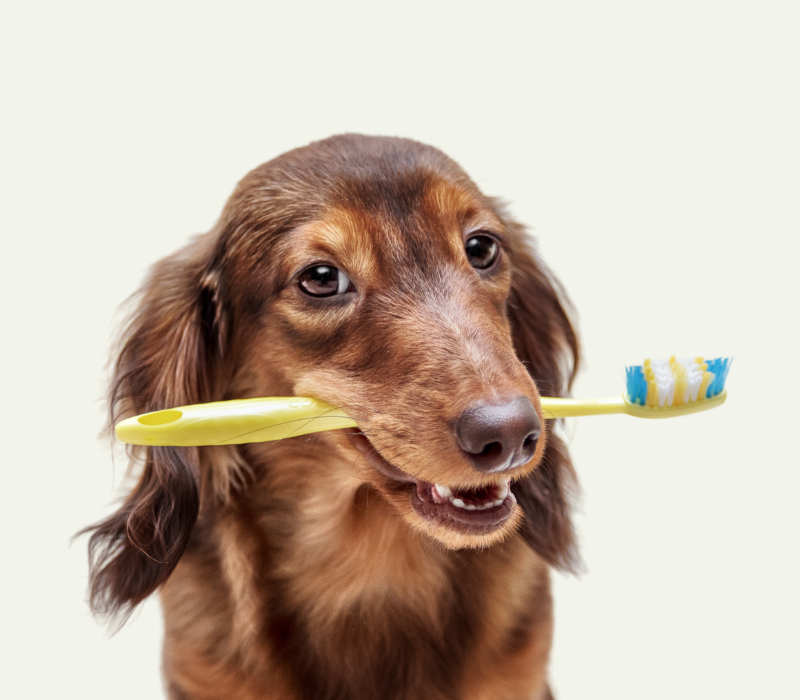
Notre boutique propose une large gamme d’aliments, allant de la nourriture préventive de qualité supérieure à des diètes thérapeuthiques spécifiquement conçues pour traiter des conditions médicales. Notre équipe est toujours disponible sur place pour vous guider dans le choix de l’alimentation la mieux adaptée à votre compagnon. Nous proposons également un large choix de jouets, d’accessoires et de produits de qualité, recommandés par des vétérinaires.
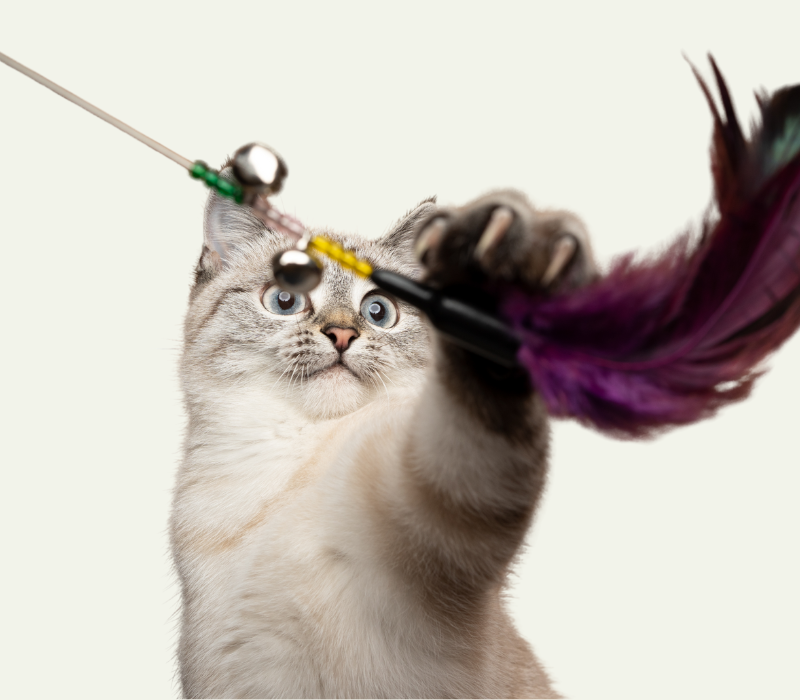
Bien sûr, nous serions enchantés d’accueillir votre animal parmi nos patients.
Si vous avez besoin d’annuler ou de reporter votre rendez-vous, veuillez nous en informer au moins 24 heures à l’avance afin que nous puissions accommoder nos autres patients. Si vous annulez moins de 24 heures à l’avance ou si vous ne vous présentez pas à votre rendez-vous, des frais partiels pourraient vous être facturés.
Si vous avez plus de 10 minutes de retard pour votre rendez-vous, nous serons contraints de le reporter à une autre date et des frais de report pourraient s’appliquer. Ceci permet d’assurer que tous nos clients puissent être pris en charge de manière optimale.
Oui, vous avez toujours la possibilité de choisir votre vétérinaire lorsque vous prenez rendez-vous. En cas d’urgence, nous ne pouvons pas garantir que vous aurez le même vétérinaire à chaque fois.
Soyez assuré que chaque membre de notre équipe a accès au dossier complet de votre animal, ce qui garantit qu’ils sont bien informés de son état de santé.
Après l’ouverture de votre dossier dans notre clinique, vous devez contacter votre vétérinaire actuel pour demander le transfert du dossier.
Vétérinaire 640 est une clinique sur rendez-vous uniquement. En cas d’urgence, nous ferons tout notre possible pour vous donner un rendez-vous le jour même ou le lendemain.
Actuellement, nous ne proposons pas de services de pension. Cependant, il nous fera plaisir de vous offrir ce service si votre animal nécessite des soins médicaux particuliers ou l’administration de médicaments en raison d’une condition de santé spécifique.
Oui, nous acceptons les assurances pour les animaux de compagnie.